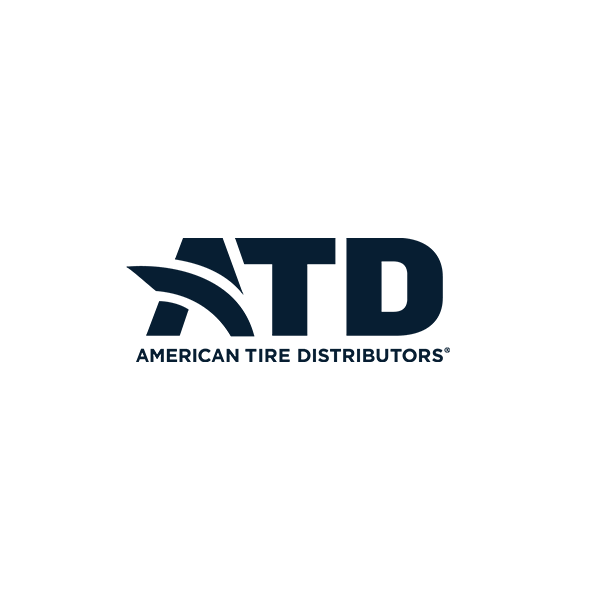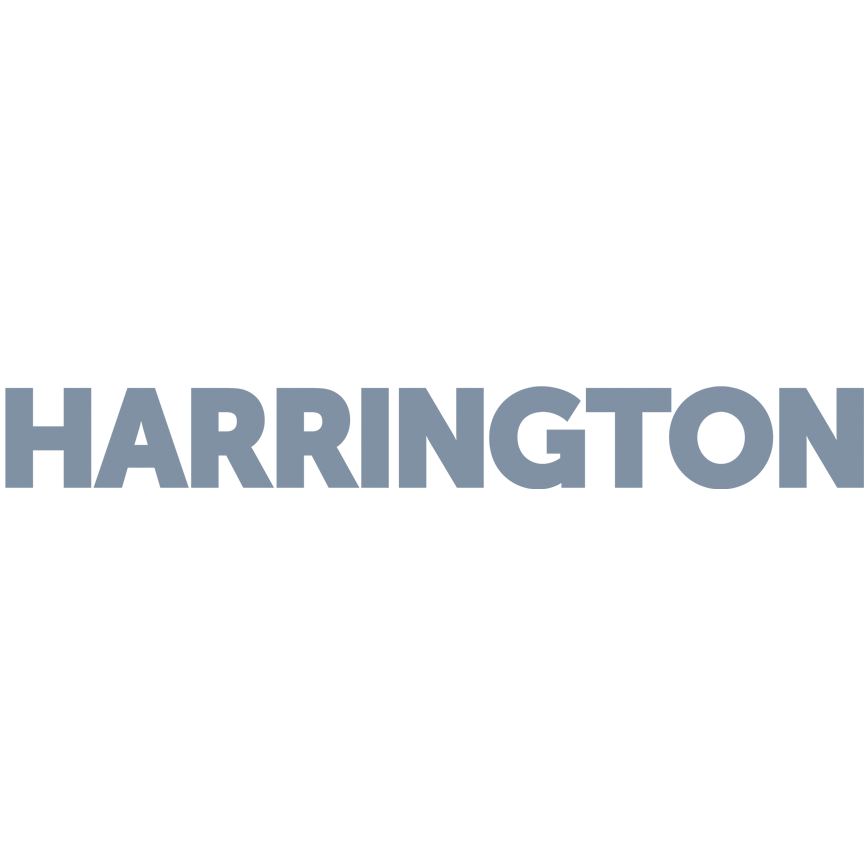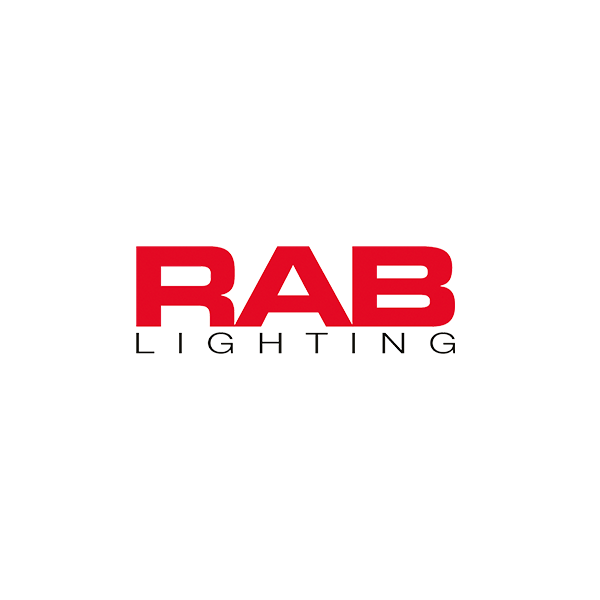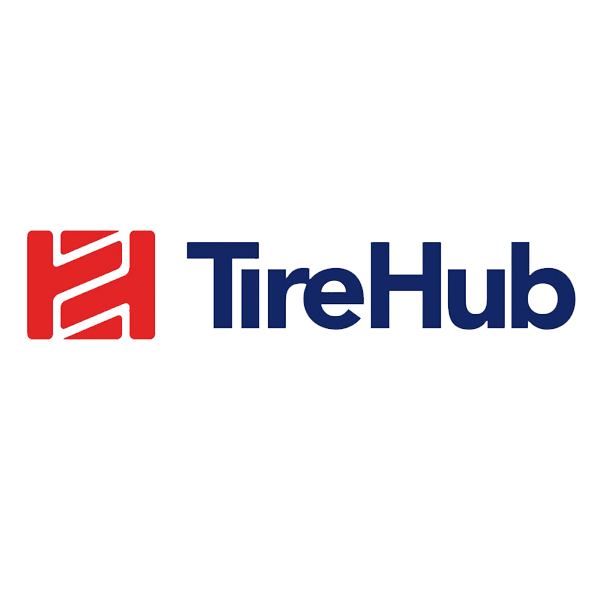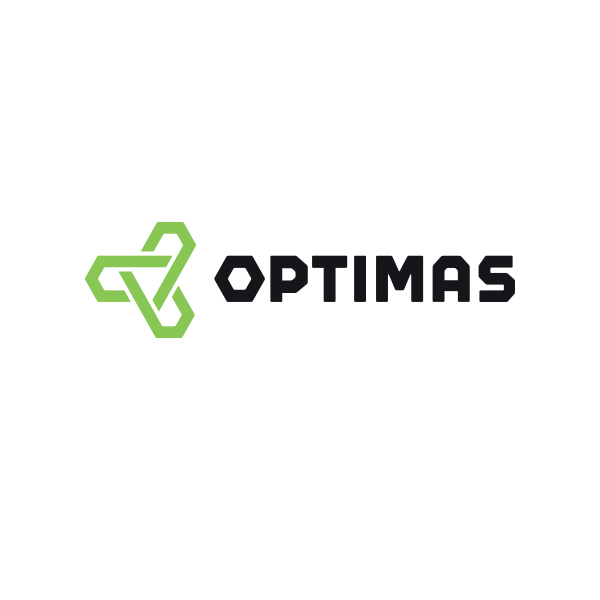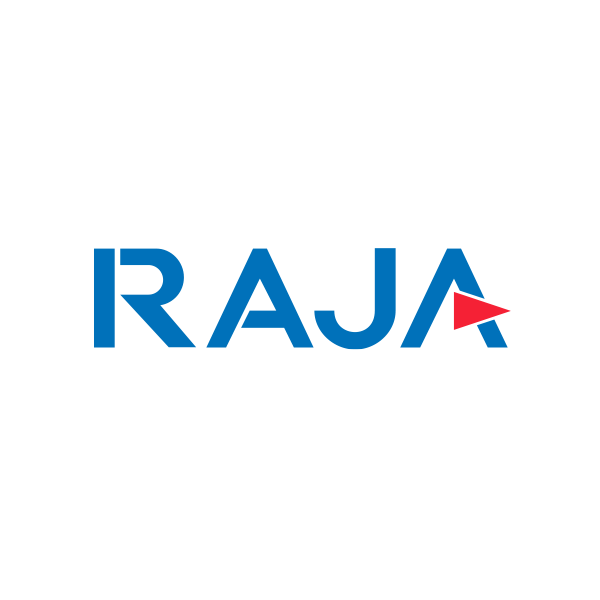Power Your Distribution Supply Chain Evolution
Achieve industry-leading service levels, maximize inventory performance, and drive profits with AI-driven replenishment, inventory optimization, and forecasting.

Why do so many distributors trust ToolsGroup? Because we understand your challenges.
Distributors face some of the most difficult demand and fulfillment challenges of any industry.
Long Tail and Intermittent Demand
Distributors must serve demand, while reducing lost sales and obsolescence amid seasonality, shorter lifecycles, SKU proliferation, and lengthening supplier lead times.

Network Complexity
Saddled with inadequate planning systems, increased M&A, and other factors, companies struggle to forecast volatile demand and manage inventory cost effectively.

Product Proliferation
Proliferating OEM portfolios, rampant new product introductions, and heightened customer expectations lead to high SKU counts and broad product assortments.

Market Competitiveness and Narrow Margins
Ecommerce and competition from Amazon enable customers to access competitors or buy direct, squeezing margins and risking market share.
Our Distribution Customers Have Achieved:
20-30%
Reduction in Inventory
50%
Reduction in Stockouts/Backorders
30-60%
Reduction in Transfers/Expedites
~10%
Savings in COGS with Price Breaks and Forward Buy
Our solution is built for distribution with proven tools and strategies that deliver powerful business results. What makes it the best?
Automated Replenishment
Streamlined, Automated Replenishment automates smarter purchasing decisions to achieve optimal stock levels and maximize revenue.
Learn More →Inventory Optimization Strategies
Multi-Echelon Inventory Optimization defines inventory strategies by analyzing the stock-to-service tradeoff for different groups of SKUs or locations.
Learn More →Intelligent Probabilistic Forecasting
Intelligent Probabilistic Forecasting assesses the chance of repeat orders by examining order lines, demand-relevant data, and external variables, making it ideal for forecasting items with intermittent demand.
Learn More →Supply Chain Optimization
Supplier Collaboration helps organizations across the end-to-end supply chain to eliminate waste, strengthen supplier relationships, and improve customer satisfaction.
Learn More →Inventory Visibility
Inventory Visibility powers digital twins that enable scenario planning for greater efficiency and lower costs.
Learn More →Cross-Functional Network Design
Network Design considers cross-functional impacts so companies can prioritize long-term resilience against demand fluctuations, process efficiencies, risk mitigation, and more.
Learn More →How Are Leading Distributors Driving Success with ToolsGroup?
Differentiated
Service Levels
Stock Mix Optimization
& Inventory Balancing
Dynamic Purchasing &
Supplier Collaboration
With ToolsGroup SO99+, we have the AI-driven supply chain planning solutions that allow us to adapt quickly and stay flexible, helping us meet our own business goals while delivering on our promises to customers and strengthening our relationships within the industry.”
SARAH VOORHEES, VICE PRESIDENT OF DEMAND AND INVENTORY PLANNING AT AMERICAN TIRE DISTRIBUTORS
Customer Stories
See how distributors around the globe are leveraging ToolsGroup planning capabilities for higher service levels, better margins, and smarter inventory management.
Related Resources
We’d love to hear from you
Whether you’re curious about features, a free trial, or even press—we’re ready to answer any and all questions.
Let's Chat